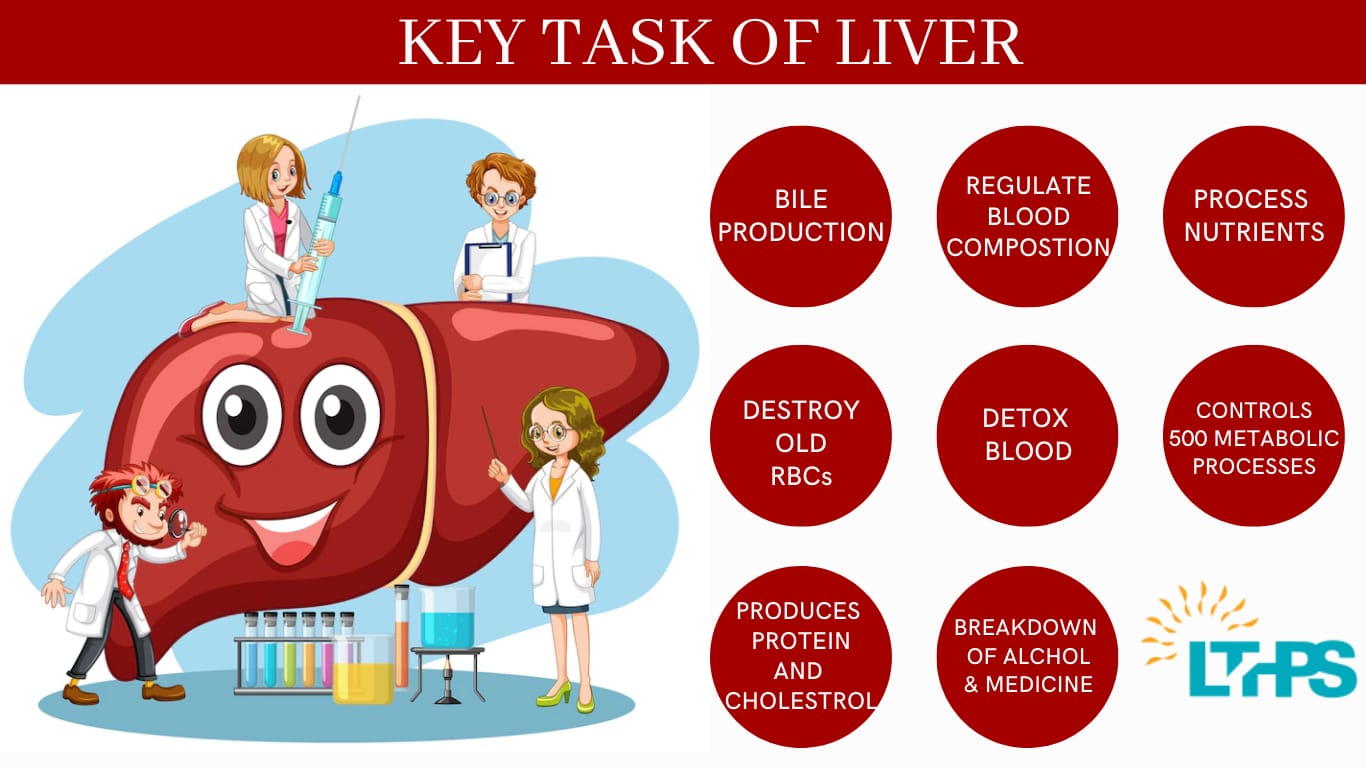The liver is a complicated organ that carries out crucial synthesis, heat generation, purification, and regulating tasks; failure would be extremely dangerous. A few artificial liver devices started to be developed at the turn of the 20th century to be used as supportive treatment before liver transplantation.
It would be impossible to discover a suitable substitute for all the duties carried out by the liver. An affected patient’s body gets toxic when their liver fails. Acute liver failure will only take a few hours to progress into a life-threatening disease that affects all of the body’s cells. Even the brain won’t be able to perform at its best.
The only choice for treating many people with liver failure is liver transplantation, but due to a lack of donors, just one in twenty of these patients receives one.
What do synthetic liver support systems entail?
For those with acute liver failure, artificial liver support devices are becoming a more popular treatment.
A dangerous illness with a higher mortality and morbidity rate is ALF. Hepatitis A or E or drug-induced damage are the two primary causes of ALF. Another disorder that impairs liver function and has a high death rate is ACLF.
For both ALF and ACLF, transplant is the only effective therapeutic option. Researchers have created additional therapeutic methods due to the poor success rate of transplants and the scarcity of donors.
Artificial liver supports are one such strategy. Between the time a donor becomes available and the time the patient’s liver function returns to normal, these can sustain the patient with ALF or ACLF.
Liver function
The liver is a flexible organ that performs several crucial tasks. It interacts with practically every organ system in the body, makes up around 2% of a patient’s body weight, and has a variety of purposes.
The following are a few of the liver’s key tasks:
- Bile production: This aids in the assimilation of several vitamins and lipids.
- Synthesis of blood plasma: The liver does this by creating certain proteins.
- Producing cholesterol also results in the synthesis of unique proteins that aid in moving fats throughout the body.
- The body can store extra glucose and turn it back into glucose for power when needed by turning it into glycogen.
- Bilirubin, a yellowish component in bile, is produced due to the disintegration of red blood cells.
- Eliminating medicines and toxins from the bloodstream The liver assists in removing poisonous and damaging compounds from the blood.
- Additionally, it controls blood coagulation by manufacturing specific plasma proteins.
Cheaper medical care
Patients with chronic illnesses require close observation, specialized care, and recurrent hospital admissions. Because it is challenging to have this condition and hold down a career simultaneously, they frequently have a low quality of life.
Since individuals with liver failure have complicated clinical signs, including aberrant blood parameter readings, monitoring them requires specialized abilities. They must consequently have access to experts who can evaluate their medical needs. The d-LIVER initiative aims to lessen the significant economic strain that patient care places on society.
Blood circulated through the liver
The researchers are currently working on building an artificial liver component outside of the body rather than an artificial liver inside the body. In it, cells from pigs or people survive, develop, and carry out the functions of liver cells. The reactor resembles an “incubator,” allowing the cells to increase in a three-dimensional framework.
It guarantees that the environment is suitable for the liver cells to operate well. The reactor needs to be able to regulate the temperature and deliver the proper amounts of nutrients and oxygen to each cell.
Patients experience acute liver failure, which causes waste materials to accumulate in the body and cause crisis moments. This frequently occurs when individuals have illnesses or colds, which a healthy liver is more than capable of handling.
Until they recuperate and their liver function is adequate to keep the body functioning, liver patients may benefit from therapy with an artificial liver.
Prevention is as crucial.
If we can figure out how to tell when a liver patient is starting to experience issues, we might be able to stop these issues in their tracks by altering their medical care. This is beneficial for the patient because it allows them to prevent the worst crises while being less costly and simpler for the healthcare system. For this reason, it’s critical to recognize the earliest indications that a liver isn’t working properly.
The researchers are creating wearable sensors that individuals can use to monitor their physical state and exercise since the homeostasis of the liver is directly linked to illnesses and a weakened immune system.
Summary
Support networks for acute and acute-on-chronic liver problems include artificial liver therapy. They might enable the restoration of liver function or act as a stopgap measure before a liver transplant. To prevent significant complications, it’s crucial for people who exhibit signs of acute liver illness or liver failure to speak with a physician as soon as possible.

